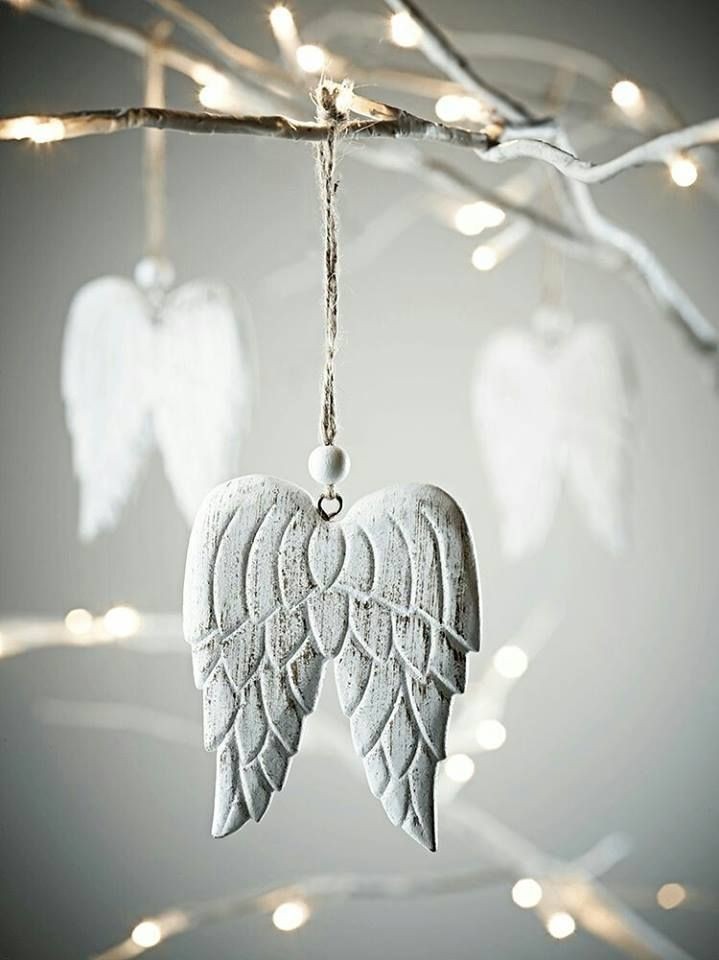Mixed Media Art: A Three-Part Instructional Guide
- Koöko Fleurs
- Apr 8
- 2 min read

Mixed media art combines different materials and techniques in a single artwork to create visually interesting and textured pieces. This article will help you understand the basics and get started with items you likely already have at home.
Materials Needed
- Paper or canvas as your base.
- Acrylic paints, watercolor, or any paint you have.
- Old magazines, newspapers, or scraps of decorative paper.
- Glue stick or liquid glue.
- Pens, markers, or colored pencils.
- Brushes and sponges.
Instructions
1. Prepare Your Base: Take any sturdy piece of paper or canvas. If using paper, tape the edges to keep it from warping.
2. Create the Background: Start with a light wash of color using paints or markers, layering until you have a pleasing effect.
3. Add Layers: Tear pieces from magazines or newspapers and glue them onto the surface for added texture.
4. Draw or Paint Details: Add hand-drawn elements or paint designs over your layers to bring the piece together.
5. Optional Finishing Touch: Add a top layer of designs using pens or markers to enhance small details.
Tips
- Don't overthink it—mixed media is about experimenting!
- Try layering different textures for a more dynamic look.

Mixed Media Techniques - Intermediate
Introduction
Now that you're comfortable with the basics, let's explore more techniques. This level focuses on experimenting with textures and new materials.
Materials Needed
- All items from Article
- Textured items: fabric scraps, bubble wrap, lace.
- Gesso (a primer for surfaces).
- Acrylic gels or pastes (for creating thick textures).
Instructions
1. Prime Your Surface: Apply gesso to your canvas or paper for a textured base.
2. Create a Base Layer: Use acrylic paints to add a bold background. Combine colors with sponges for textured effects.
3. Incorporate Textures: Attach fabric scraps or imprint bubble wrap dipped in paint onto the surface. Allow layers to dry between steps.
4. Layering Details: Paint or draw over the textured background for striking contrasts. Use pastes to build up thick areas.
5. Seal Your Work: Protect your artwork with a thin coat of acrylic medium or spray varnish.
Tips
- Experiment with color contrasts and depth.
- Use a palette knife to apply thick textures for bold designs.

Mixed Media Projects - Advanced
For seasoned creators, advanced techniques combine various materials and mediums while adding new elements like 3D objects or intricate layering methods.
Materials Needed
- All items from Articles 1 and 2.
- Embellishments: beads, buttons, metal pieces.
- Stencils and stamps.
- Acrylic spray paints.
- Epoxy resin (optional, for a glossy finish).
Instructions
1. Layering with Complexity: Begin with layers of paint, paper, and fabric. Add thick textures with gels or pastes.
2. Enhance with Embellishments: Attach beads, buttons, or metal pieces using strong glue. Make sure to balance your composition.
3. Use Stencils and Stamps: Add precision designs over your layers. Spray paint can create unique gradients and patterns.
4. Polish with Finishing Touches: For a professional look, seal the artwork with epoxy resin or a heavy-duty varnish. This will also protect 3D elements.
Tips
- Plan your composition before adding complex layers.
- Mix materials in unexpected ways for a truly unique piece.











Comments